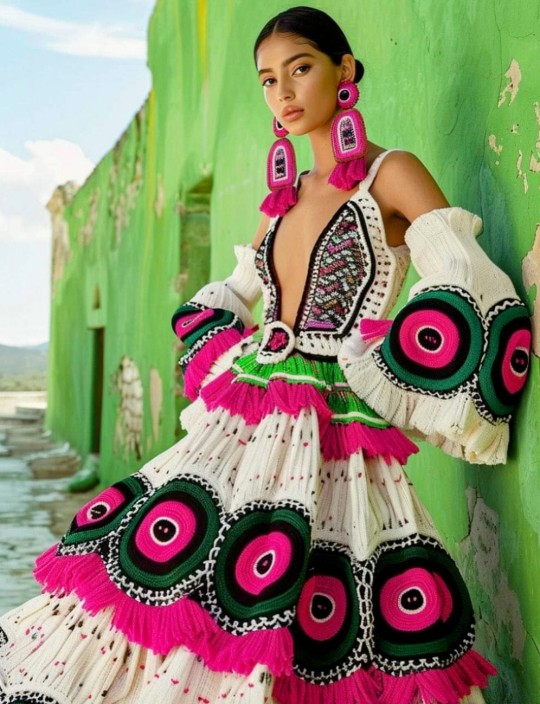Text




did some studies of nazca pottery animal designs/motifs
everyone everywhere has always wanted to draw a little critter
12 notes
·
View notes
Text

dish with bean imagery | c. 200 - 300 CE | nazca, early intermediate period (modern day peru)
in the walters art museum collection
49 notes
·
View notes
Text
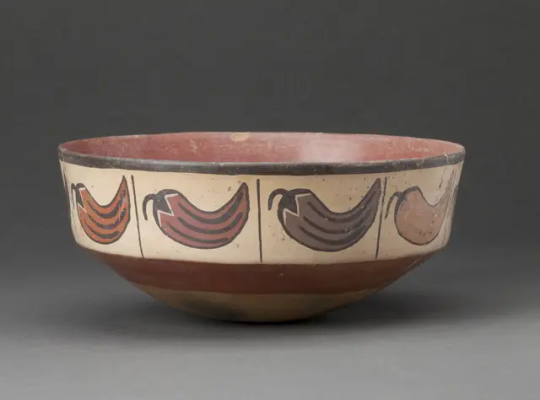
Bowl with chili peppers, Nazca, Peru, 1-800 AD
from The Museo Larco, Lima, Peru
1K notes
·
View notes
Text
Last time I wondered if Danish vagabonds, also known as Landevejsriddere (country road knights), live by some sort of code because even though they’re usually drunk they’re always very pleasant and friendly and as it turns out, yes they do. LINK

You can’t just put on a festive hat and push a pram with your earthly belongings and call yourself a vagabond in this country. You have to be mentored by an older vagabond and travel along the vagabond routes for two summers and one winter before you get your vagabond name at an annual ceremony at Hjallerup Marked where all new vagabonds are ”baptized”.

They also have an annual ceremony at Egeskov Marked where they vote on who should be their king for a year and help settle conflicts in vagabond society. They give the title to the vagabond who has been the kindest and best behaved all year.

The vagabonds have rules they live by: no lying, no stealing, no fighting and always be polite. If they catch any of their members breaking the rules they beat them up because it’s important to their survival that outsiders can trust them. They make their living by sharpening knives and scissors or doing manual labor like helping you chop wood, clean up your garden or the like.

That’s why if you see a vagabond you know you’re in safe company no matter how drunk they are. Should you come across one support an old tradition full of rituals and kindness by giving them some coins or a sandwich.
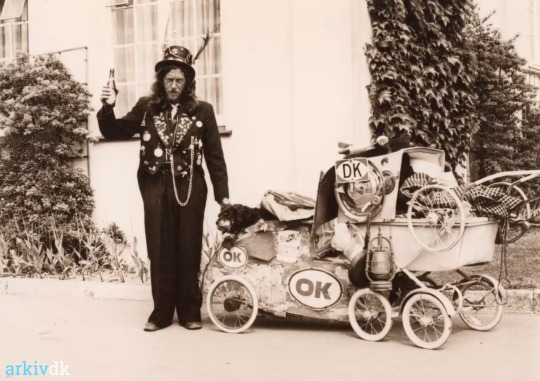
7K notes
·
View notes
Text
I grew up believing that when people all over the world called someone a “vagabond” they meant exactly the same type of people.
These guys, easily recognizable by their decked out hats and prams.


I of course eventually learned that no, vagabonds don’t look like this everywhere which made me weirdly nostalgic for the vagabonds of my past. They were this colorful part of my childhood, always drunk but never mean or unpleasant. They were like slightly wobbly traveling wizards, often referred to as “country road knights”.



One asked my school if he would be allowed to sleep in the schoolyard when he passed through the area once a year which they allowed (he naturally woke up to a ring of children standing around him every time but it seemed to have been worth it for a safe place to sleep) and my housemate had a local vagabond who’d often sit on a bench outside the school, as always drunk but never bothering anyone. Last winter I encountered one who made a bit of money by shoveling snow outside a store while being nothing but pleasant.

I have no idea if Danish vagabonds have some type of code they live by because they seem to be very dedicated to just living their life and bothering no one, and in popular culture they’re always depicted as drunk and poor but carefree people in tune with nature.

2K notes
·
View notes
Text

i think creepers are herbivores who get their chloroplasts by eating plants and then photosynthesize by themselves. like sea slugs
18K notes
·
View notes
Text
Kacheek
A lot of the patients who come to the hospital are so worn, that their people opt to recover them (like Pojo a few weeks ago). But sometimes the humans love the well worn look and just want to reinforce their stuffed friend. So then, we line them in new fabric to reinforce them from the inside, and stitch their wounds shut to the lining. This was the case for Kacheek.
Kacheek is tiny! 4x4x1.5 inches. Here are his diagnosis photos:


For lining, stuffing has to come out, which means it needs to be replaced because it won't go back in the same, so usually lining patients have a spa too, since they're already unstuffed.
Kacheek was so small, his bubble bath photo ended up too blurry to share, but he did get a bath! Then he was lined, and got restuffed. Of course, he got a heart of original stuffing too. :-)



You can see his lining peaking through there.
And here he is all better! Fully lined and wounds repaired


You can see the lining shows where he had larger holes, but it is a texture match to his original fabric, and a color match to the original color, so will age to blend very well.
He put his shirt back on before he went home:


His person wrote:
Looks fantastic! I'm happy to see him all better and still smiling like I remember.
Kacheek's family was local, so he got picked up and went home in their arms.
3K notes
·
View notes
Text
Been obsessing over Nazca art lately so I've done some studies of the most commonly occurring critters. Thinking of getting some tattooed.




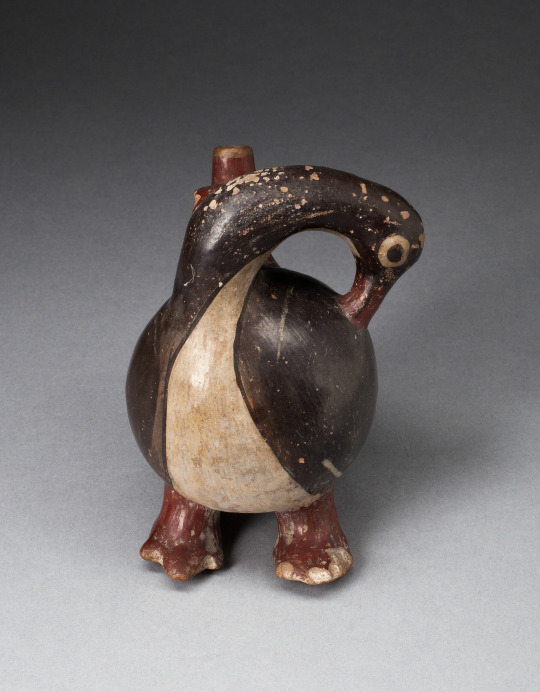
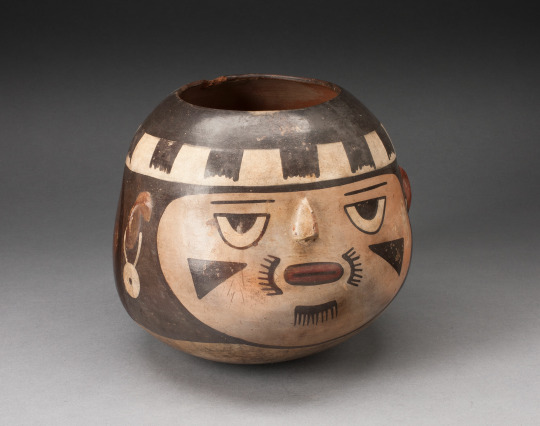
Look at this delightful pottery! LOOK!
114 notes
·
View notes
Text

Vessel with Women’s Faces and Masked Beings
Nazca
350 CE-550 CE
source
1 note
·
View note
Text

Curving Beaker with Rows of Abstract Human Faces
Nazca
180 BCE-500 CE
source
2 notes
·
View notes
Text

Beaker in the Form of a Trophy Head with Bound Lips
Nazca
180 BCE-500 CE
source
1 note
·
View note


